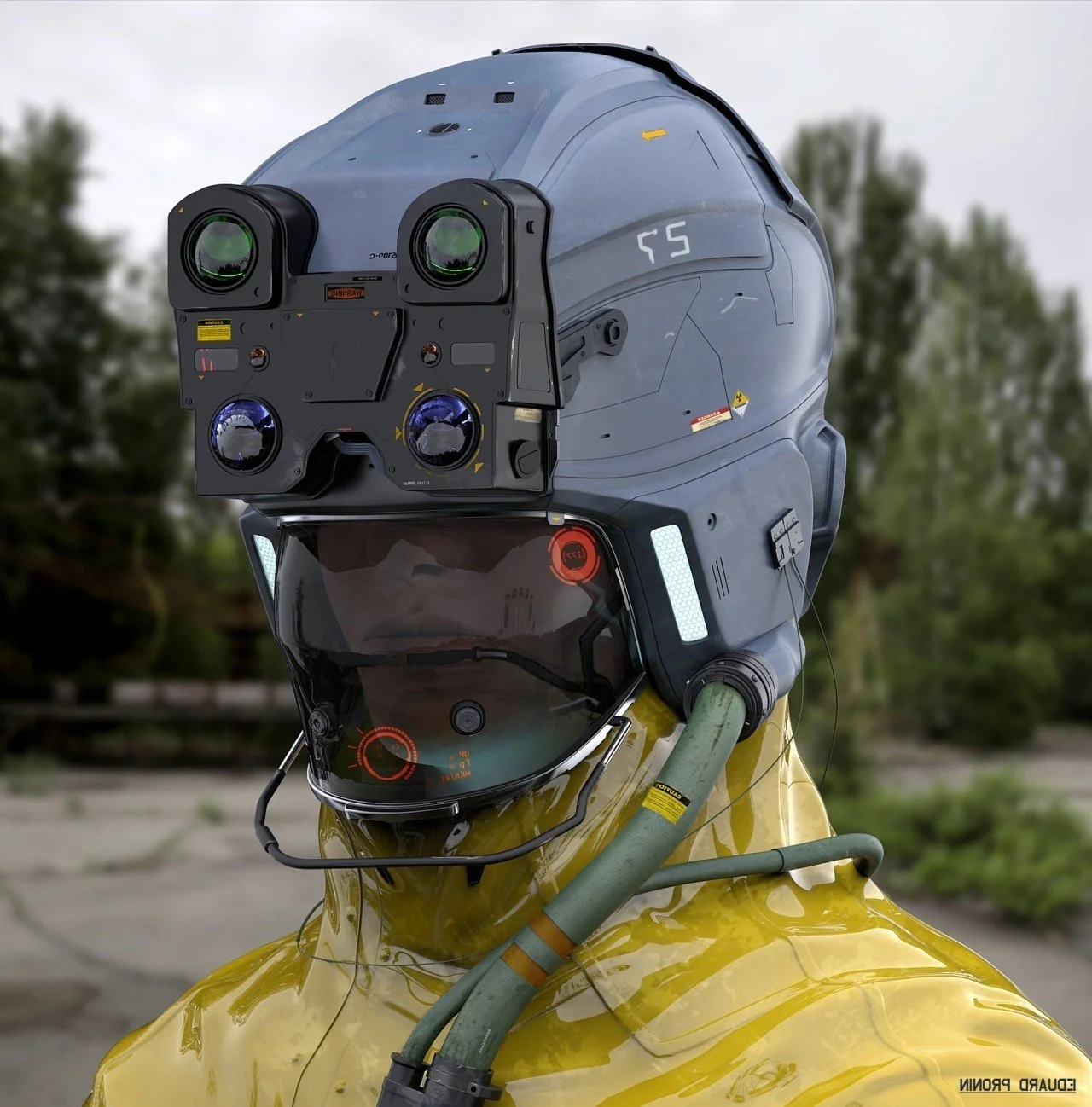How Acupuncture Offers Relief for Headaches and Migraines
Introduction: A Natural Path to Headache Relief
Headaches and migraines can feel all-consuming—like everything else fades into the background. For many, the cycle of tension, pain, and frustration becomes a constant companion. If you’re searching for a natural approach to ease the burden, acupuncture offers a powerful, time-tested solution.
At Ghost Point, I combine time-honored healing techniques with modern care to address the root causes of headaches and migraines, helping you find relief and reclaim balance.
What Makes Acupuncture Effective for Headaches and Migraines?
Acupuncture works by restoring the natural flow of energy in the body. According to Traditional Chinese Medicine (TCM), disruptions in this energy flow contribute to pain and imbalance. By stimulating specific points along the body’s meridians, acupuncture:
Releases tension in the muscles and fascia.
Regulates the nervous system to calm pain signals.
Improves circulation, helping reduce inflammation and promote healing.
For headaches and migraines, acupuncture doesn’t just mask symptoms—it addresses the underlying patterns that cause them.
Types of Headaches Acupuncture Can Treat
Not all headaches are the same. Acupuncture is tailored to your specific experience, whether you’re dealing with:
Tension Headaches: Often linked to stress, posture, or tight muscles. Acupuncture eases muscle tension and promotes relaxation.
Migraines: These intense, throbbing headaches can be accompanied by light sensitivity, nausea, or visual disturbances. Acupuncture reduces frequency and severity by calming the nervous system.
Hormonal Headaches: Tied to hormonal fluctuations, especially during menstrual cycles. Acupuncture supports hormonal balance to prevent recurring pain.
Cluster Headaches: Sharp, severe pain occurring in clusters. Acupuncture helps regulate pain pathways and reduce inflammation.
What to Expect in an Acupuncture Session
If you’re new to acupuncture, the idea of needles might feel intimidating. Rest assured: the process is gentle, safe, and deeply relaxing.
Here’s what a session looks like:
We begin by understanding your headache patterns, triggers, and overall health.
Ultra-thin, sterile needles are placed at specific points on the body. Most people feel little to no discomfort—often just a mild tingling or warmth.
You’ll relax for 20–30 minutes as the needles work to release tension, restore balance, and promote flow.
Many clients report feeling calm, grounded, and even pain-free after their session. Typically, you’ll need to work with an acupuncturist for a few weeks or months to see lasting results.
The Science Behind Acupuncture for Headaches
Research continues to affirm the effectiveness of acupuncture for headaches and migraines. Studies show that acupuncture:
Reduces the frequency and intensity of migraines.
Increases the production of endorphins, the body’s natural painkillers.
Decreases inflammation and muscle tightness that contribute to tension headaches.
Unlike medications, acupuncture offers relief without side effects, making it an excellent option for long-term headache management.
Why Acupuncture Is a Holistic Solution
Acupuncture doesn’t just treat the headache—it treats the whole person. Factors like stress, sleep, posture, and hormonal balance all play a role in headache patterns. By addressing these root causes, acupuncture helps you experience:
Fewer headaches over time.
Improved sleep and energy levels.
A greater sense of calm and balance.
When combined with lifestyle adjustments, acupuncture becomes a powerful ally for lasting relief.
Tips to Support Your Acupuncture Journey
While acupuncture works deeply on its own, small shifts in your daily habits can enhance its effects:
Hydrate: Drink plenty of water to keep your body and mind refreshed.
Move Mindfully: Gentle stretches or movement help release tension in your neck, shoulders, and back.
Prioritize Rest: Migraines and headaches often signal a need for rest and stress reduction.
Notice Patterns: Keep a journal of triggers like food, stress, or sleep habits to identify what affects your headaches.
Your journey to relief is about creating balance—one small step at a time.
Conclusion: A Gentle Way to Reclaim Comfort
Acupuncture offers more than relief from headaches and migraines—it’s a path toward greater balance, ease, and well-being. By addressing the root causes of pain, acupuncture helps you move through life with less tension and more freedom.
Want to know more about acupuncture?
Visit the FAQ.




